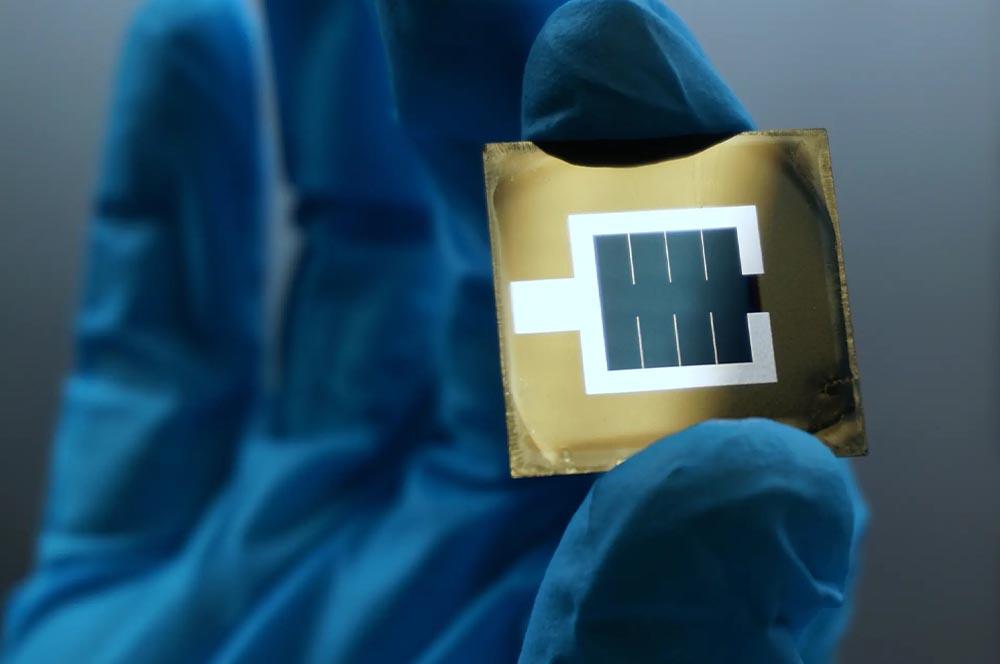We already know which are the best solar panels ever created, at least for now. More than anything, because some scientists have come to perfect perovskite-silicon solar cells in such a way that they have managed to break the efficiency record that, until today, we knew.
This makes it clear to us that the combination of perovskite and silicon is making a difference in the world of energy production. Specifically, it has been a team from Helmholtz Zentrum Berlin (HZB), which has been able to develop these solar cells with an efficiency of no more and no less than 32%. So the results are more than promising. And it is that, just 1 year ago, the figure did not rise above 30%.
The future of solar panels
Until now, perovskite was considered the relatively rare mineral used to make solar panels more efficient. The efficiency figure it reaches is more than 20%. However, with this tandem that this group of scientists have achieved, it has been possible for the figure to exceed 32%. And all thanks to the combination of this mineral with silicon.
Therefore, this world record will mark a before and after when it comes to producing solar panels throughout the planet. For this, they have had to use an advanced composition for the perovskite mineral in said solar cell, even modifying it in the interface as long as it gave this result.

With this change, what they have achieved is to reduce the different losses that can arise from the recombination of charge carriers. In addition to that, said improvement was complemented with others of an optical type. Therefore, with this result, it is made clear that solar cells together, made of perovskite and silicon, are more efficient than any other material that is alone.
Efficiency record
To be exact, the new certified value has been 32.5%. In addition, it is the highest currently recorded of any photovoltaic technology according to the National Renewable Energy Laboratory (NREL). So far, the record was 31.25% efficiency, something that could be achieved a few months ago. Even just a year ago it was below 30%.
All thanks to the new device developed by this group of HZB scientists. In this case, it is composed of an upper cell that has several thin layers of perovskite. And, in its lower layer, we find the same design, but with silicon. In addition, this team also elaborated a new interface to be between the active area and the electrodes, also helping to maintain the efficiency of the cell.
In this way, having different thin layers has allowed the different colors of light to filter towards the lower levels, greatly minimizing the electrical losses that we talked about earlier. In addition, the scientific director of HZB has made it clear that “with 32.5%, the efficiency of the solar cells of the HZB tandems is now in ranges that were previously only achieved with expensive III/V semiconductors”.













